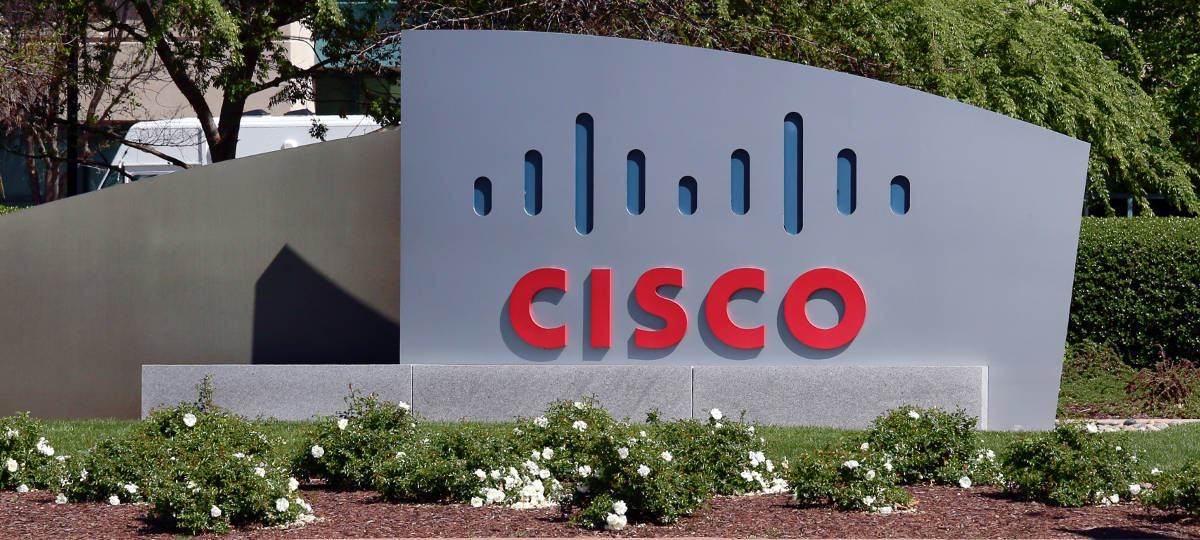“We saw the start of a rebound in PC shipments in mid-2018, but anticipation of a disruption by CPU shortages impacted all PC markets as vendors allocated to the higher-margin business and Chromebook segment,” said Mikako Kitagawa, senior principal analyst at Gartner. “While the consumer market remained weak, the mix of product availability may have also hindered demand. In contrast, Chromebook shipments increased by double digits compared with the first quarter of 2018, despite the shortage of entry-level CPUs. Including Chromebook shipments, the total worldwide PC market decline would have been 3.5 per cent in the first quarter of 2019.”
“The supply constraints affected the vendor competitive landscape as leading vendors had better allocation of chips and also began sourcing alternative CPUs from AMD,” said Ms Kitagawa. “The top three vendors worldwide were still able to increase shipments despite the supply constraint by focusing on their high-end products and taking share from small vendors that struggled to secure CPUs. Moreover, the constraints resulted in the top vendors shifting their product mix to the high-end segment in order to deal with the constraint — which, along with favourable component price trends, should boost profit margins.”
The top three vendors — Lenovo, HP Inc. and Dell — accounted for 61.5 per cent of global PC shipments in the first quarter of 2019, compared with 56.9 per cent of shipments in the first quarter of 2018 (see Table 1). These top three vendors continued to gain share in the PC market as scale becomes a bigger factor in industry dynamics. Intel’s CPU supply constraint accelerated this trend.
Lenovo remained in the top spot in the first quarter of 2019 with the largest year-over-year growth among the top vendors. However, Lenovo benefited from the inclusion of Fujitsu’s shipments from its second quarter of 2018 joint venture. Lenovo’s shipments increased in EMEA and Japan, where Fujitsu had a larger presence.
HP Inc.’s worldwide PC shipments increased 0.8 per cent in the first quarter of 2019 versus the same period last year. The company saw an increase in desktop shipments while mobile PC shipments remained flat. HP Inc. recorded a small increase in shipments in EMEA, but experienced a decline in all other regions.
Dell recorded its fifth consecutive quarter of PC shipment growth in the first quarter of 2019. Dell increased PC shipments in EMEA, Latin America and Japan, but declined in North America and Asia/Pacific. Desktop PC shipments continued to be strong for Dell in all regions, showing Dell’s strength in the business segment.
Business PC Demand Remained Strong
Business PC demand remained strong throughout the first quarter of 2019 across most key regions. The PC refresh driven by Windows 10 has been a driving force of business PC growth over the past three years, but Gartner forecasts that 2019 will be the last year in which shipments will be impacted by this refresh. “While PC shipment results in the first quarter of 2019 indicated that the business PC segment still showed strong demand, weak mobile PC results could be the indicator that the Windows 10 refresh has nearly peaked,” said Ms Kitagawa.
Source: Gartner (April 2019)















